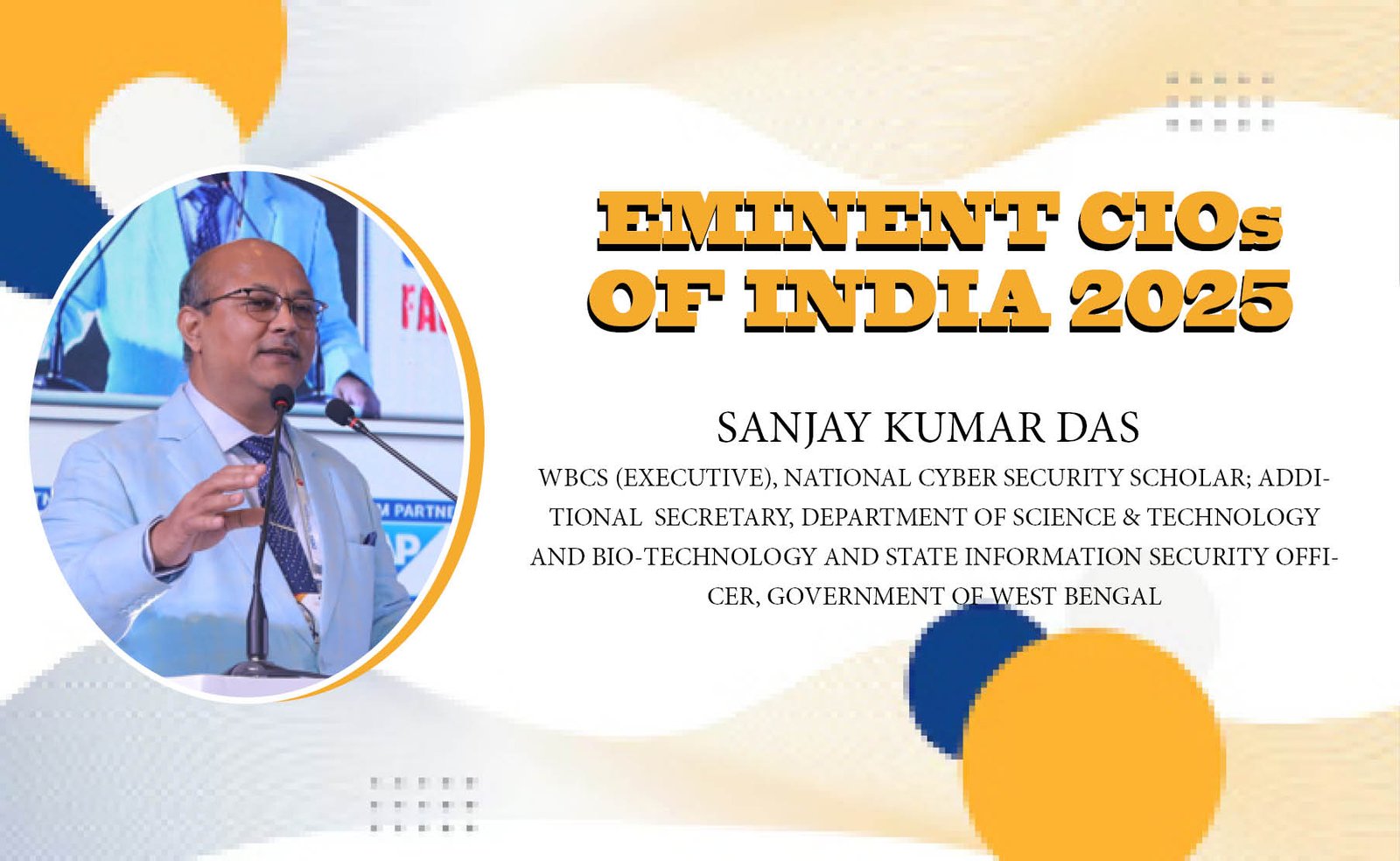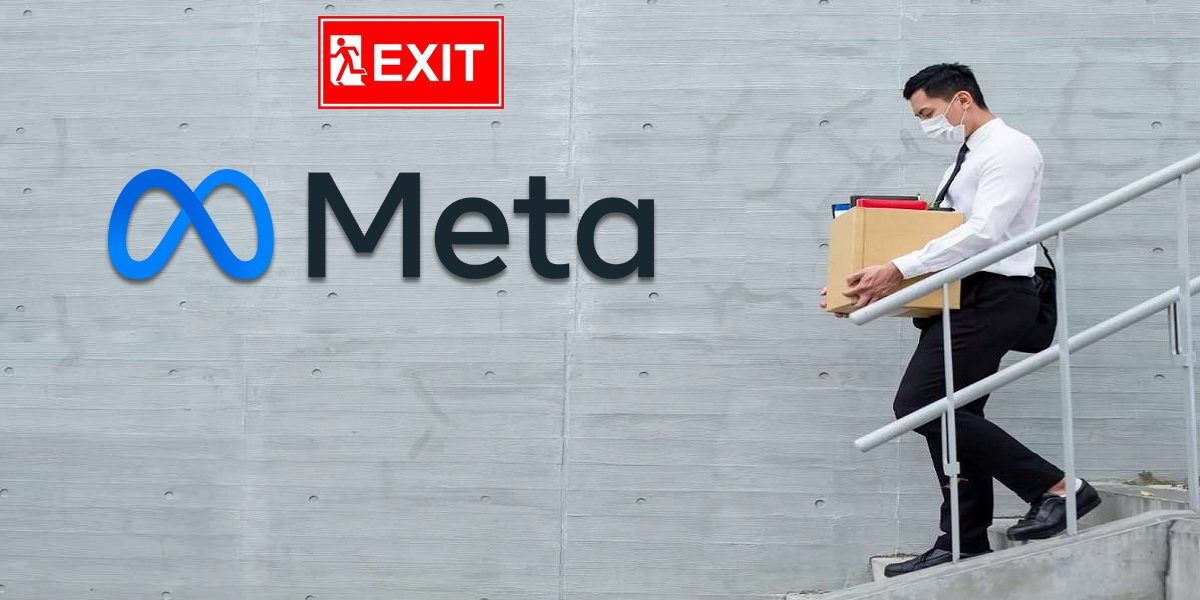Key Technology Trends Reshaping Enterprises
Enterprises are embracing AI-driven automation, Zero Trust Architecture (ZTA), post-quantum cryptography (PQC), and decentralized identity management (DID) to enhance operational efficiency, data privacy, and security. Blockchain and confidential computing further elevate data integrity. A foundational pillar across all trends is Continuous Threat Exposure Management (CTEM)—a proactive strategy that identifies and mitigates vulnerabilities across an expanding digital attack surface, extending beyond traditional endpoint security.
The CIOs new Avataar
The Chief Information Officer's role now includes crafting cybersecurity roadmaps, embedding AI-powered controls, and driving post-quantum readiness. CIOs must lead CTEM implementation, providing a 360-degree view of internal and external threats. From cloud-first security strategies to managing growing device ecosystems, CIOs focus on enabling secure digital transformation while ensuring business continuity and risk-informed decision-making.
Institutionalizing a Security-First Culture
Building a resilient enterprise requires embedding security into every layer—from development to operations. Organizations are deploying AI-based awareness training, red teaming, and adaptive threat modelling. CTEM remains central, providing real-time monitoring, vulnerability assessments, sandbox testing, and intelligence mapping. These efforts are essential to enforce cyber hygiene, prepare for quantum-era threats, and detect insider risks through behavioural analytics.
Integrating AI, Automation, and Zero Trust
Modern enterprises are adopting AI-driven SOAR platforms, PQC-ready frameworks, federated learning, and cybersecurity mesh architectures (CSMA) to secure hybrid environments. CTEM supports these efforts by enabling precise asset inventory, attack surface mapping, and cross-vector exposure analysis—from APIs to authentication tools. This integration helps organizations continuously monitor and strengthen their security posture.
Unified Governance and Role Collaboration
The roles of CIOs, CTOs, CISOs, and DPOs are converging under a unified governance model. Each leader contributes to enterprise resilience—CIOs ensure digital continuity, CTOs advance cryptographic standards, CISOs lead AI-based threat responses, and DPOs enforce data privacy. CTEM serves as the common foundation that unites these roles through shared risk visibility and proactive mitigation strategies.
Specialization and Collaboration
While collaboration is key, specialized roles remain critical. The DPO’s focus on legal compliance complements CIO and CISO responsibilities. As digital ecosystems grow, CTEM becomes indispensable, demanding both coordination and deep expertise. In a quantum-threat environment, this convergence around CTEM ensures agile, forward-looking cybersecurity across the enterprise.






